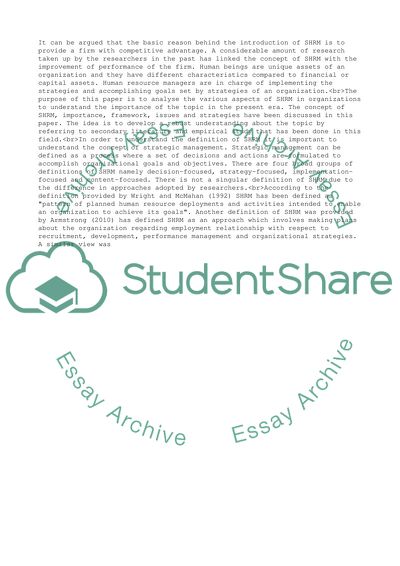Cite this document
(Human Resource Management Essay Example | Topics and Well Written Essays - 3500 words - 4, n.d.)
Human Resource Management Essay Example | Topics and Well Written Essays - 3500 words - 4. https://studentshare.org/human-resources/1837031-human-resource-management
Human Resource Management Essay Example | Topics and Well Written Essays - 3500 words - 4. https://studentshare.org/human-resources/1837031-human-resource-management
(Human Resource Management Essay Example | Topics and Well Written Essays - 3500 Words - 4)
Human Resource Management Essay Example | Topics and Well Written Essays - 3500 Words - 4. https://studentshare.org/human-resources/1837031-human-resource-management.
Human Resource Management Essay Example | Topics and Well Written Essays - 3500 Words - 4. https://studentshare.org/human-resources/1837031-human-resource-management.
“Human Resource Management Essay Example | Topics and Well Written Essays - 3500 Words - 4”. https://studentshare.org/human-resources/1837031-human-resource-management.


